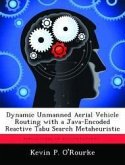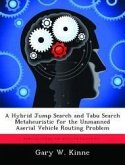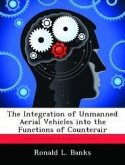Unmanned Aerial Vehicles (UAVs) help the military gather information in rimes of peace and war. During a mission, typically 100 sites or more, a UAV will frequently be re-tasked to visit a pop-up threat, leaving the operator to determine the best way to finish the day's list of sites after the re-tasking. I develop a prototype application to serve the needs of a specific customer, the 11th Reconnaissance Squadron, by helping them preplan missions and dynamically re-task UAVs. This prototype application is built on a reusable airframe router called the core AFIT Router, which can later be added to more sophisticated mapping and planning software for other customers. The core AFIT Router is built on a new architecture, defined and implemented in this research, which calls for tools that solve entire classes of problems. To support the UAV routing problem, I develop such an architecture for Vehicle Routing Problems VRPs) and Traveling Salesman Problems TSPs) and call it the Universal Vehicle Router (UVR). The UVR allows for many solving techniques to be plugged in, and two sample solvers are included, one a tour-building heuristic by Gary Kinney and the other an adaptive tabu search developed in this research.
Hinweis: Dieser Artikel kann nur an eine deutsche Lieferadresse ausgeliefert werden.
Hinweis: Dieser Artikel kann nur an eine deutsche Lieferadresse ausgeliefert werden.








